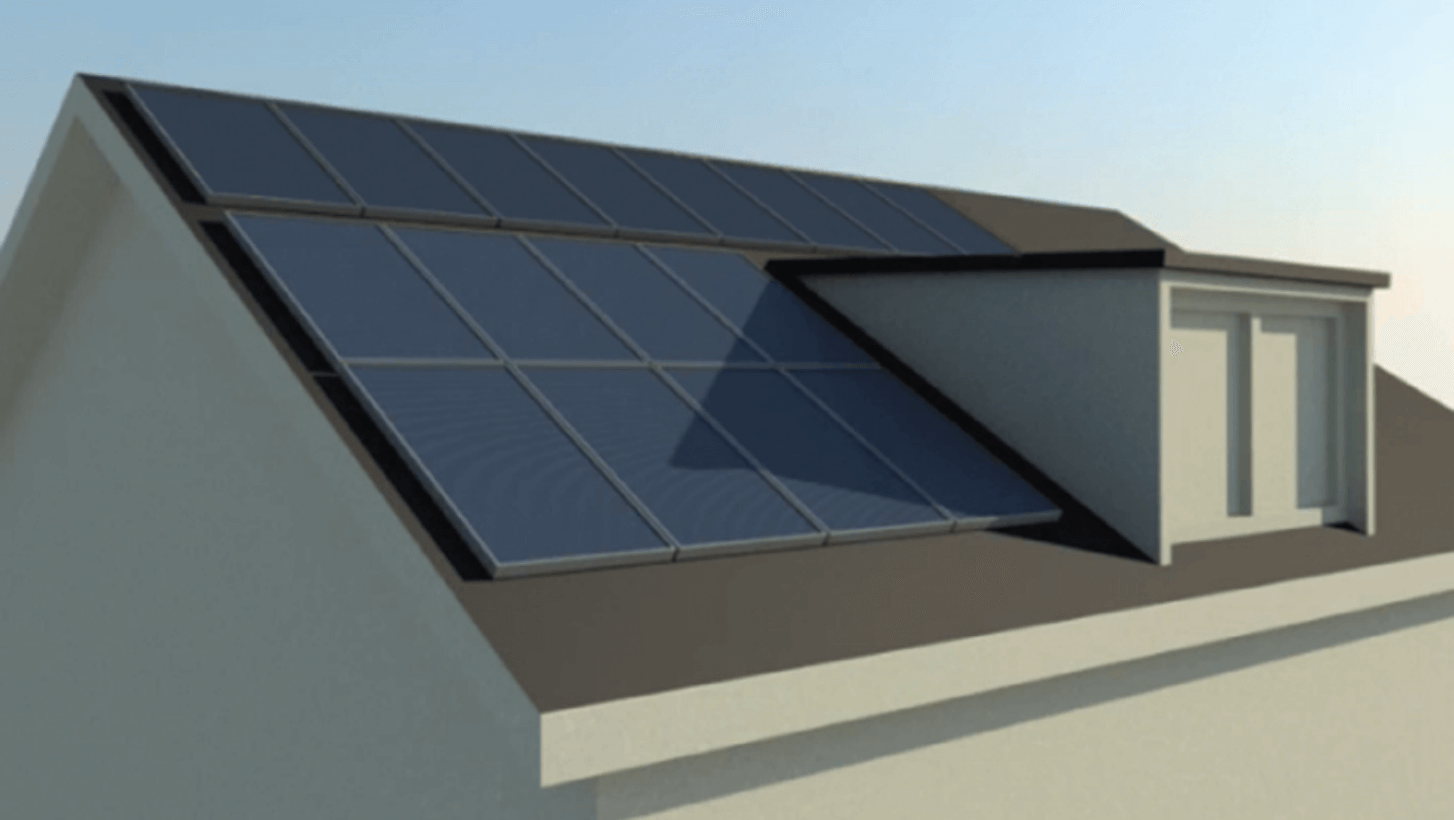Shading is the headache of solar designers! Let’s take a look at SMA OptiTrac Global Peak solution that can solve this problem.
Shading not only reduces the amount of sunlight that can be absorbed to produce electricity, but it also affects the P/V and I/V curves of the modules.
This represents an inconsistency in the power delivered by a string of panels to the inverter and reduces the amount of energy that can be transformed into AC current.
It has always been a typical issue in the design of PV systems.
For this reason, shading is usually avoided by solar installers. A good designer should place the solar system in such configuration that the energy losses due to shading are lower than 5% annually and should especially avoid shade during the times of highest irradiation during the day.
However, such an ideal world is not always possible, as many times chimneys, trees, higher buildings or even leaves cause shade that cannot be avoided due to space limitations.
Even though the PV array could be installed with the presence of constant shading, the designer must take into account the technical and economic feasibility of the installation.
The impact of shading also incurs mismatch losses that can be large or small, depending on the type of system implemented.
Systems with central inverters are the worst affected, as any shade in any of the strings will disturb the signal that the MPPT input of the inverter will receive.
String inverters are independent from each other, and so only the shade that affects the string of panels in which they operate will disturb the MPP tracking.
DC-optimizer companies also offer their solutions to this problem, but this tends to increase the costs.
The Difference Between the Global MPP and Local MPP
German brand SMA developed a control algorithm that allows their inverters to perform the MPPT accurately, even in the presence of shade.
Normally, when there is partial shading in a PV array, the P/V curve adopts an irregular shape and generally presents two maximum operating points: the Global MPP and the Local MPP.
You can see such an example below:
As you can see, the Local MPP (LMPP) is a much lower operating point than the Global MPP (GMPP) in a shaded condition. This is why operating the PV array at LMPP can be considered as a loss to the system due to shading and tracking of the MPP.
In the image above, you can also see the blue line – the point at which the system could operate if there was no shade.
Traditional inverters with typical MPPT will logically look for the highest operating point within a range of voltage, however, most of them only look in the vicinity of the latest operating point.
In other words, if the inverter is operating at its MPP during an unshaded situation, and then suddenly the condition changes to shaded, then the inverter will find the closest new and highest operating point of the curve.
If the last operating point was close to the Global MPP (red line) then you were lucky, but if it wasn’t, then your system would operate at the LMPP until the shade changes or stops.
SMA OptiTrac Global Peak
The OptiTrac Global Peak solution by SMA is an additional feature to the MPPT that is automatically activated when there is a shading condition.
The new algorithm allows the SMA inverters to search operating points in a wider voltage range which enables them to find alternative optimum points. So the system always operates at its maximum power point which is denoted as the global MPP.
The disadvantage of the feature is that the search process incurs losses, however, they are so minimal (close to 0.2%) that when compared to the advantages of operating the system at GMPP, the benefits widely overcome the downside.
The greatest advantage of the OptiTrac is that the annual yield under partial shading conditions is only 1% lower than the yield of an unshaded system.
Moreover, the algorithm performs perfectly without any side effects during normal or long-term operation of the inverter under unshaded conditions and can always be activated independently from the configuration of the PV system.
The video below has a good explanation of the technology:
Conclusion
Space limitation is a typical issue on household roofs. It means that the space available for solar panels is not always the ideal one.
Shade often represents a problem in the design and since sometimes it cannot be avoided, it directly affects the feasibility of installing a PV system.
An SMA Sunny Boy inverter 3000TL, 4000TL, 5000TL or Sunny Boy Tripower could be a solution as they are all integrated with the conventional MPPT function and the OptiTrac Global Peak feature.
It will be activated under shade conditions to achieve maximum energy yield and help to minimize the effects of shading.
This solution could be an alternative to installing DC-optimizers to individually achieve the MPP on every module independently.
Your solar installer will help you determine the best solution for your rooftop.
Photo Credit: SMA



